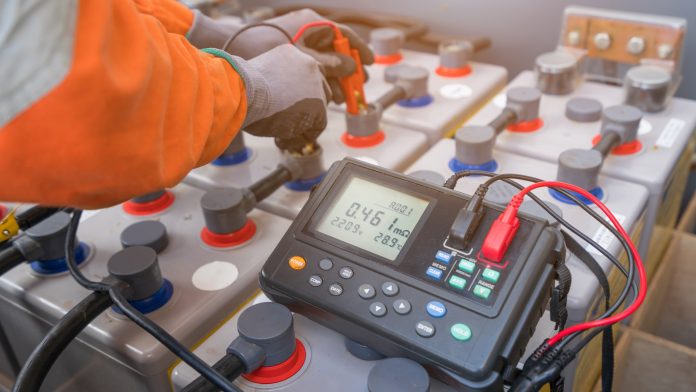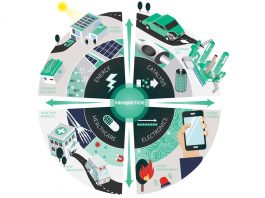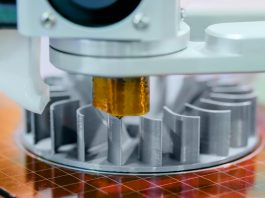Researchers at Tohoku University have 3D printed the first proton exchange membrane, a core component of batteries, electrochemical capacitors, and fuel cells.
The researchers say that this proton-conductive membrane brings the possibility of custom solid-state energy devices closer to reality.
The results were published in ACS Applied Energy Materials, a journal of the American Chemical Society.
The greater availability of 3D printing has resulted in more customisable parts at lower costs in applications such as wearable smart devices to autonomous vehicles.
“Energy storage devices whose shapes can be tailored enable entirely new possibilities for applications related, for example, to smart wearable, electronic medical devices, and electronic appliances such as drones,” commented Kazuyuki Iwase, paper author and assistant professor in professor Itaru Honma’s group at the Institute of Multidisciplinary Research for Advanced Materials at Tohoku University. “3D printing is a technology that enables the realisation of such on-demand structures.”
Current 3D printing construction focuses on structural parts adding to a final product’s function, rather than imbuing parts with their own function.
“However, 3D printing of energy storage devices requires specialised, functional inks,” Iwase said. “We developed a fabrication process and synthesised functionalised nano inks that enables the realisation of quasi-solid-state energy storage devices based on 3D printing.”
The team mixed inorganic silica nanoparticles with photo-curable resins and liquid capable of conducting protons, focusing on the viscosity of the resulting ink.
According to the researchers, previous studies resulted in inks that could not be 3D printed. By mixing the ratios of the ingredients, the researchers developed inks that could be utilised in a dispensing 3D printer and still retain their properties even after cured with ultraviolet irradiation.
To test the properties, the researchers constructed a printed membrane between two carbon electron electrodes to produce an operational quasi-solid-state electrochemical capacitor, which is a core component needed to facilitate energy storage and discharge in electronic devices.
Iwase explained: “As we can freely choose the inorganic materials or resins for curing, we hypothesise that this technique can be applied to various types of quasi-solid-state energy conversion devices.
“Compared to conventional fabrication techniques, the ability to 3D print such devices opens up new possibilities for proton-conducting devices, such as shapes that can be adjusted to fit to the devices they power or that can be adapted to the personal needs of a patient wearing a smart medical device.”
Going forward, the researchers intend to enhance the ink formulas with the aim of fully 3D printing energy storage devices with more complex shapes.









